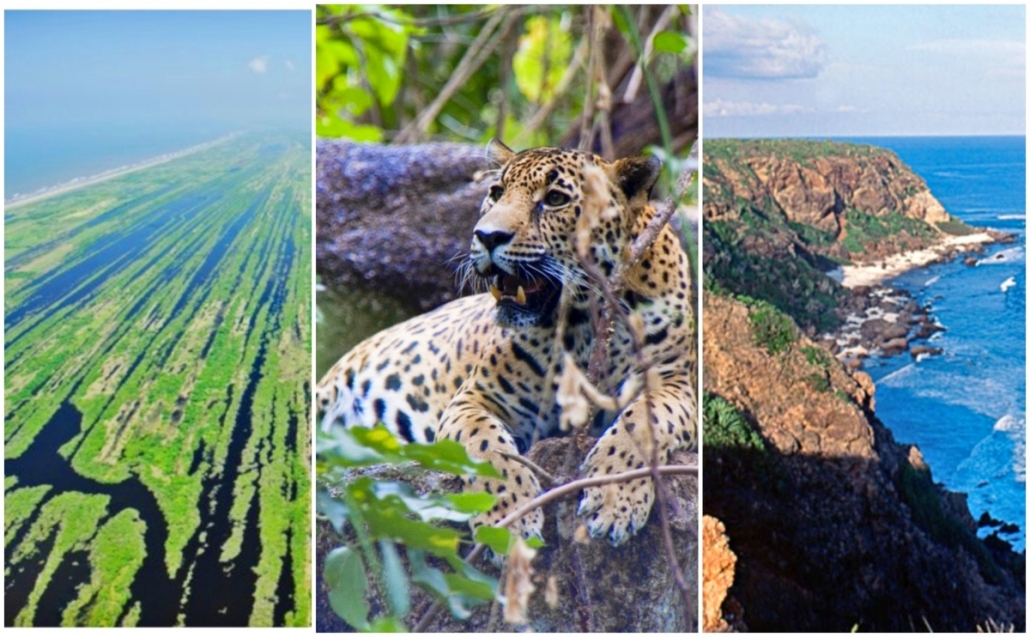The Riviera Nayarit is home to several important areas designated as Protected Natural Areas (PNA), which together comprise our destination’s greatest natural treasure.
The PNAs were created to conserve our natural patrimony through the proper stewardship of these areas, as well as allow for significant income generation for the people living in their vicinity. Thanks to the biological monitoring performed by the Conanp (Commission of Natural Protected Areas) coastguard we know how important it is to conserve and care for these areas.
We realize travel . . .






